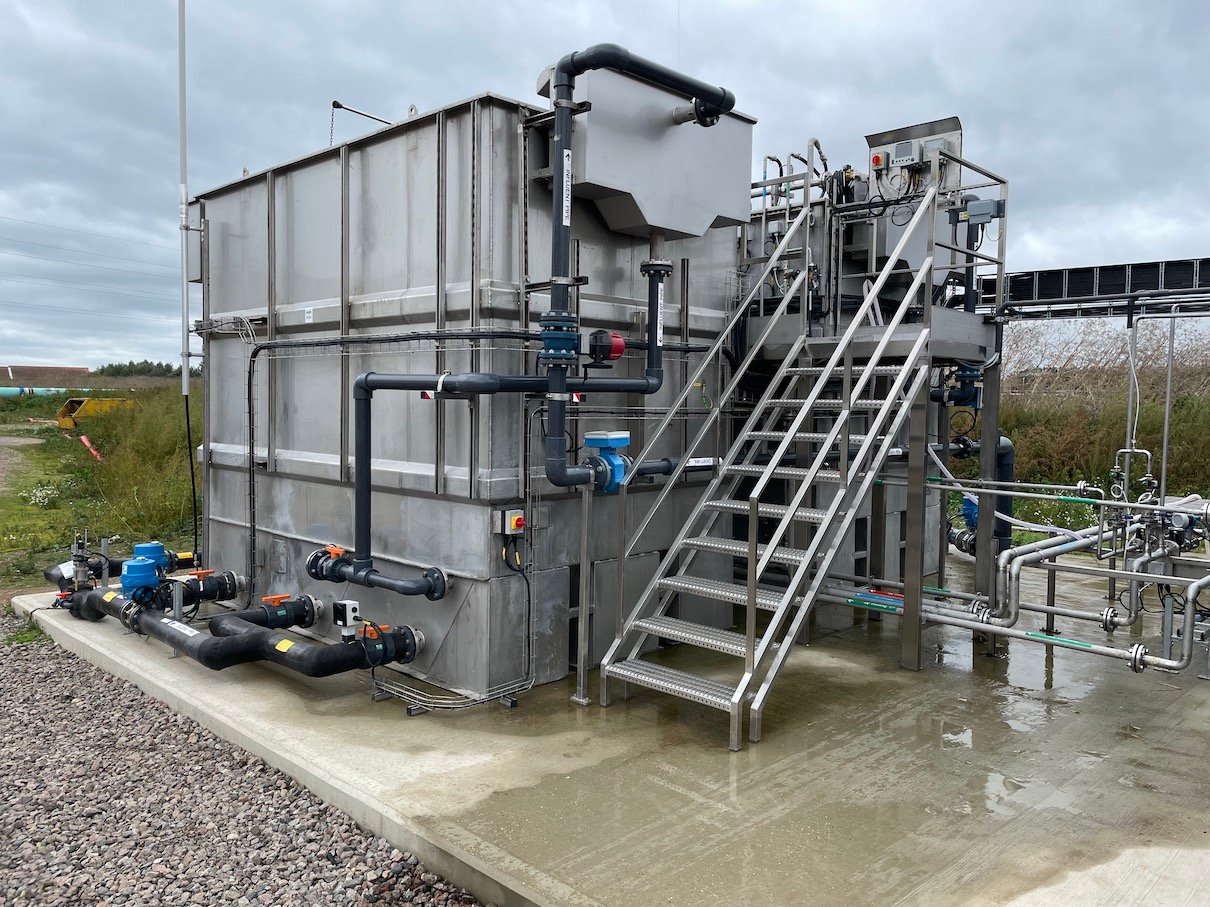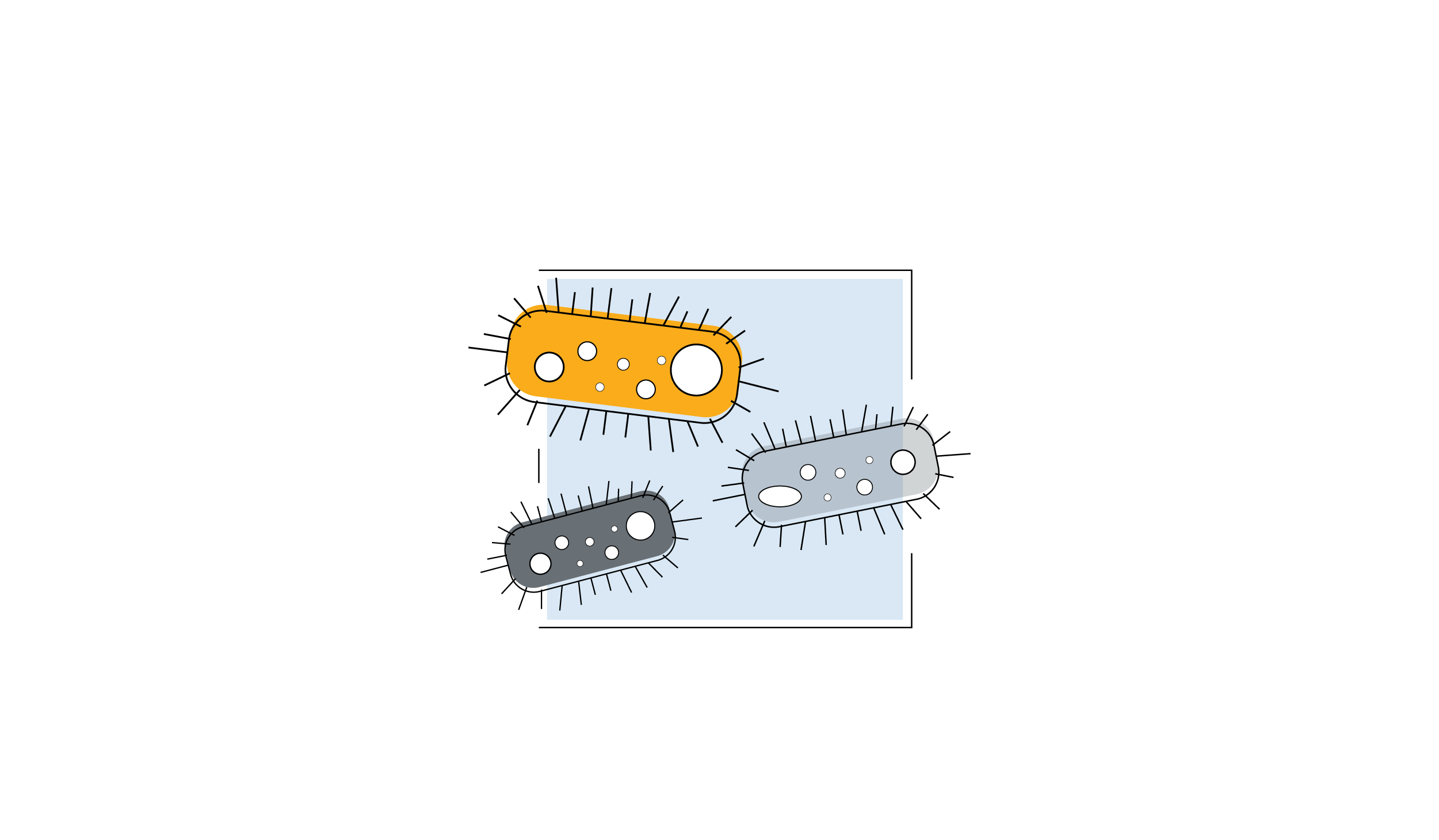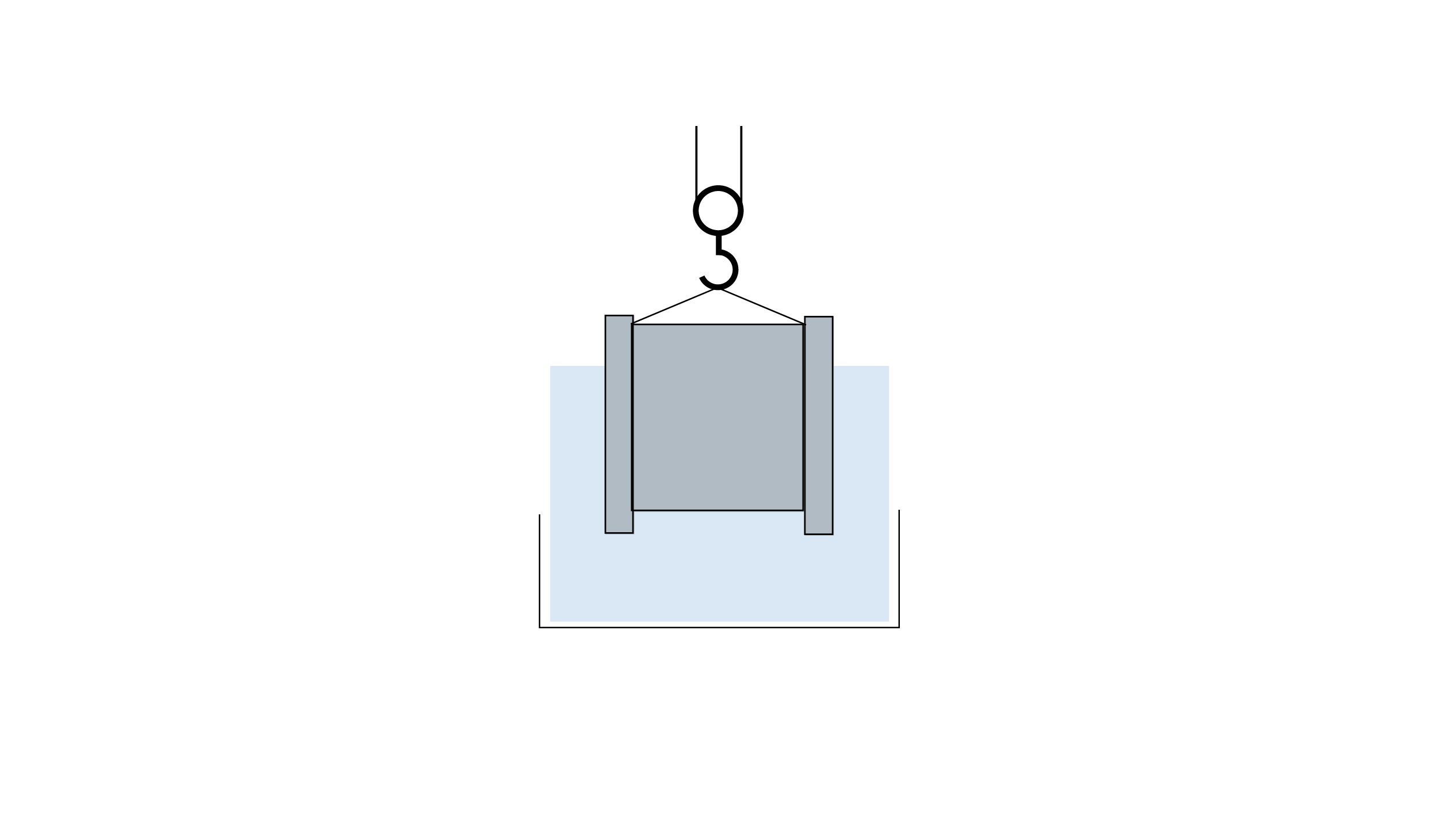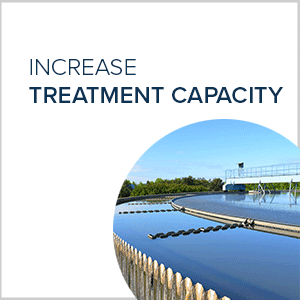Demand for Process Intensification in Wastewater Treatment is on the increase
According to the UN 55% of the world’s population currently live in urban areas, this is expected to increase to 68% by 2050. The gradual shift in movement from rural to urban areas, combined with the overall growth of the world’s population could add another 2.5 billion people to urban areas by 2050.
Across the world, countries are struggling to provide critical infrastructure and services to support growing populations. Providing essential services such as wastewater treatment and amenity spaces to the ever-increasing communities will become difficult to balance, if at all possible, due to limited land availability, the cost involved in acquiring land and the cost of building infrastructure needed to cater to the extra demands placed on the services.
Going forward it will be critical that investments are made in technologies that offer sustainable growth, while also protecting the environment and the ecosystem.
Process intensive technologies will be a key method of expansion and may well be the only means of sustaining population or industrial growth for many communities across the globe. With the foreseen growth it simply will not make sense for large areas of land to be taken up by wastewater treatment facilities, when alternative technologies requiring much smaller footprints exist.

OxyMem MABR technology offers wastewater treatment plant owners and operators the opportunity to transform their plants to cope with the upcoming challenges. OxyMem technology now gives operators a real opportunity to treat more process load, achieve higher quality effluents, and with no requirement for additional land. Up to five times the process load can be treated in an existing tank when using OxyMem technology compared with conventional systems. Lower operational costs are also offered by this alternative to traditional wastewater treatment solutions.
Less Energy Consumption
It is estimated that the energy required for aeration of activated sludge systems accounts for 2 -3 % of an established community’s electrical energy demands.
The OxyMem Membrane Aeration Biofilm Reactor (MABR) delivers bubble-less aeration and can achieve very high oxygen transfer rates (up to 95%) even at very low operating pressures. This results in up to 7X energy savings over Conventional Activated Sludge (CAS) and process performance of 14kgO2/ kWh.
A significant increase in oxygen transfer efficiency and overall aeration system efficiency, coupled with the ideal habitat for biofilm growth means our solution can help move plants away from a 100-year-old energy-intense bubble design. In today’s world where energy usage and carbon footprint issues are very high on the global agenda, it is imperative that designs and owners assess the environmental benefits of using the latest technologies in place of old.
Increased Biological Treatment Capacity with no Additional Footprint
OxyMem`s ‘drop-in’ technology increases the amount of wastewater that can be treated biologically within an existing tank on site. Enhanced biological treatment performance, simple deployment and effective biofilm control enable this.
Due to the MABR’s ability to deliver oxygen efficiently to the active biofilm, the OxyMem solution can result in significant space savings with a footprint of less than 20% compared to conventional activated sludge. A reduced footprint amounts to a capital saving in land costs; not to mention less concrete, steel and process equipment will be needed.
Our modules can be installed without the need to stop flow/production or add additional infrastructure. Civil modifications along with onsite time are minimal; avoiding disruption of current production or processes.
.jpg?width=396&name=deploymrnt+photos%20(1).jpg)
Reduced Operational Costs
The simplicity of the OxyMem design, coupled with an automated MABR control process, significantly reduces operator support time. High-performance staff can be deployed more effectively elsewhere.
The core equipment requires zero scheduled maintenance and minimal operator intervention over the life of the product. The OxyMem MABR is self-regulating in that it does not require removing or chemical cleaning; operators can easily obtain feedback on the performance of the installed modules and carry out a scour either on a regular basis to control biofilm thickness, or on demand, to maintain optimum performance. With the patented biofilm control system, measurements can be made at any time in a continuously operating OxyMem MABR, and an automated and active response can be programmed.
Given that this is a highly automated technology, there is a reduced requirement for operator engagement. OxyMem MABR presents a significant OPEX reduction in this respect.
To learn more about OxyMem MABR contact us today.







